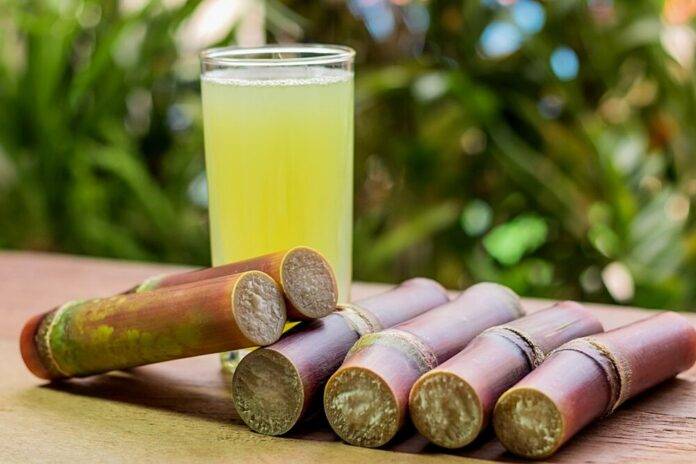Introduction
Alternative sweeteners have been gaining popularity in recent years as consumers become more health-conscious and seek out products with reduced sugar content. This trend has led to an increase in the use of alternative sweeteners in new product launches across various industries. In this report, we will explore how alternative sweeteners are being used to reduce sucrose content in new product launches and the impact this trend is having on the market.
Benefits of Alternative Sweeteners
Alternative sweeteners offer several benefits over traditional sucrose, including lower calorie content, reduced impact on blood sugar levels, and a lower risk of tooth decay. This makes them an attractive option for consumers looking to reduce their sugar intake without sacrificing taste.
Financial Data
According to a report by Grand View Research, the global alternative sweeteners market was valued at $3.52 billion in 2020 and is expected to reach $4.99 billion by 2027, growing at a CAGR of 5.0% during the forecast period. This growth is driven by increasing consumer awareness of the health risks associated with high sugar consumption and a growing demand for low-calorie sweeteners.
Industry Insights
Food and beverage companies are increasingly incorporating alternative sweeteners into their products to appeal to health-conscious consumers. Major players in the industry, such as PepsiCo, Coca-Cola, and Nestle, have introduced new products with reduced sugar content using alternative sweeteners like stevia, erythritol, and monk fruit extract.
Types of Alternative Sweeteners
There are several types of alternative sweeteners that are commonly used in new product launches to reduce sucrose content. These include:
Stevia
Stevia is a natural sweetener derived from the leaves of the Stevia rebaudiana plant. It is much sweeter than sugar but has zero calories, making it a popular choice for manufacturers looking to reduce sugar content in their products.
Erythritol
Erythritol is a sugar alcohol that is naturally found in fruits like pears and watermelon. It has about 70% of the sweetness of sugar but only 6% of the calories, making it a popular choice for low-calorie products.
Monk Fruit Extract
Monk fruit extract is derived from the monk fruit, a small melon native to Southeast Asia. It is about 150-200 times sweeter than sugar but has zero calories, making it an attractive option for reducing sugar content in products.
Market Trends
The use of alternative sweeteners in new product launches is expected to continue to grow as consumers become more health-conscious and seek out healthier options. Major food and beverage companies are investing in research and development to create new products with reduced sugar content using alternative sweeteners.
Consumer Demand
Consumer demand for products with reduced sugar content is driving the use of alternative sweeteners in new product launches. According to a survey by Mintel, 47% of consumers are actively trying to reduce their sugar intake, leading to an increased demand for products with alternative sweeteners.
Regulatory Environment
The regulatory environment surrounding alternative sweeteners is also a key factor influencing their use in new product launches. Regulatory bodies like the FDA have approved several alternative sweeteners for use in food and beverages, giving manufacturers the confidence to incorporate them into their products.
Conclusion
In conclusion, alternative sweeteners are playing a significant role in reducing sucrose content in new product launches across various industries. With consumer demand for healthier options on the rise, the use of alternative sweeteners is expected to continue to grow, driving innovation in the food and beverage market. Companies that successfully incorporate alternative sweeteners into their products stand to benefit from increased consumer interest and loyalty in the long run.




